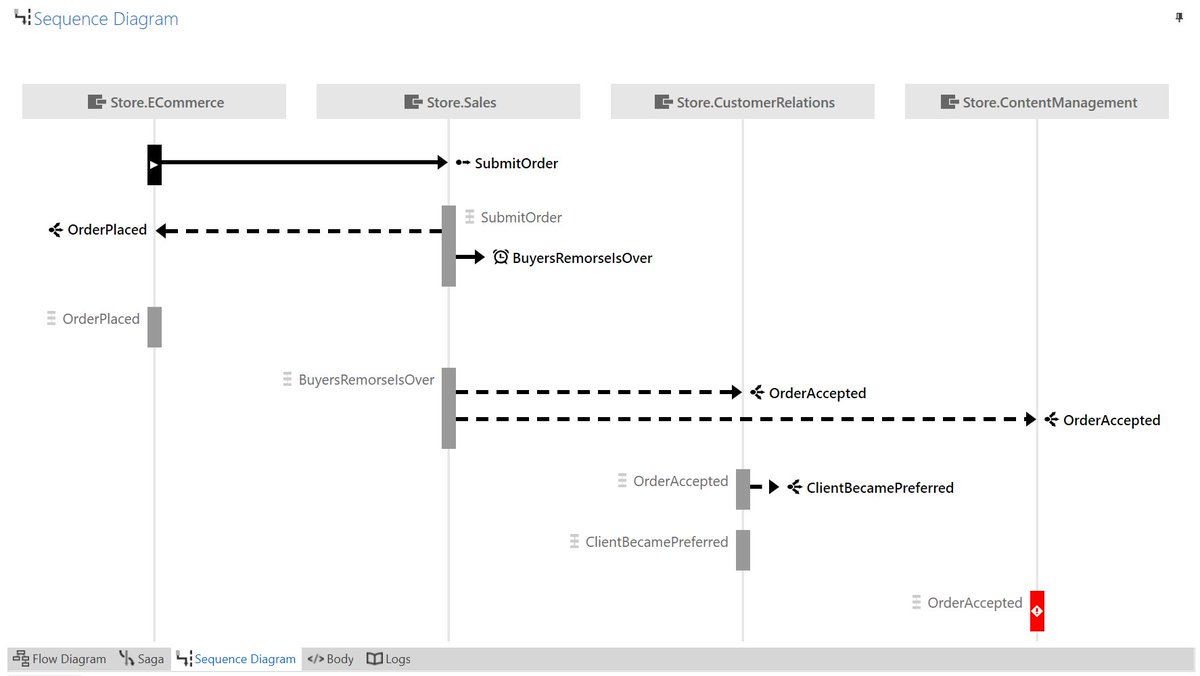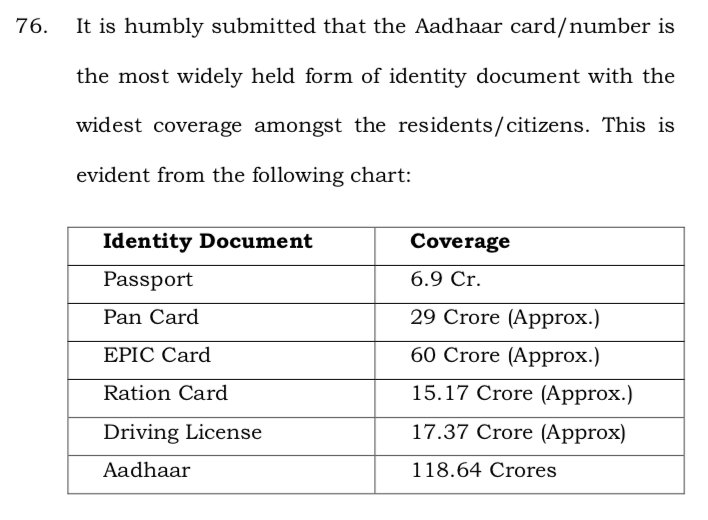This is probably connected to my earlier thread recommending against orchestration as an approach for complex business systems:
That would be true of any pattern.
Patterns are, after all, a solution for a *given* context.
Complex systems often have many contexts in them, thus justifying the use of multiple patterns.
Each logical service can truly own its data, top to bottom, composing that into all the necessary places it needs to be shown - not needing to share it with other logical services.
This reduces the logical coupling.
github.com/Particular/Wor…
All that loose coupling makes it hard to see the state of things.
This is where having proper tracing that threads across all calls is important. Luckily, there are published patterns for that:
enterpriseintegrationpatterns.com/ramblings/09_c…
docs.particular.net/serviceinsight…









